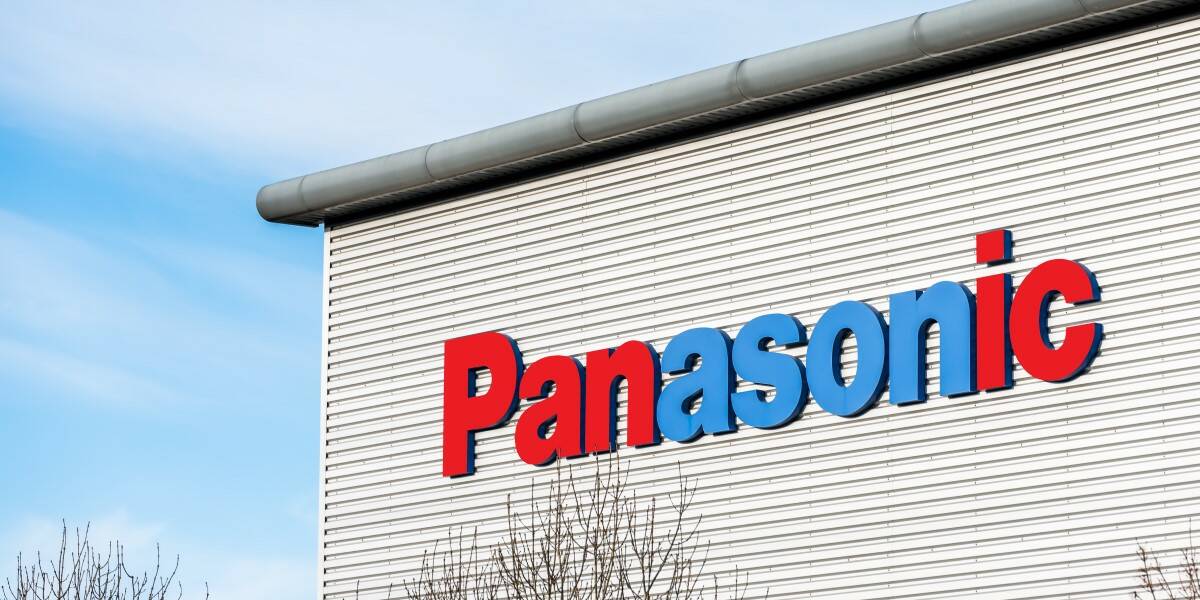Panasonic Liquidates Its Liquid Crystal Display Business

Panasonic has announced it has quit the Liquid Crystal Display business and will use the factory where it made the units to build batteries instead.
The Japanese giant foreshadowed the move in 2020, but yesterday announced it hadn't just quit the business, but liquidated it – and even waived around $4 billion in debt owed to another Panasonic entity.
In a statement [PDF] Panasonic detailed the history of its LCD biz from its inception in 2006, its failed plan to produce panels for televisions and monitors in the face of strong competition, and pivot to producing industrial displays – which didn't work out due to "deterioration in market conditions caused mainly by the US-China trade dispute on the automotive and industrial sectors."
The decision was therefore taken to shutter the business. In its earnings announcement yesterday Panasonic revealed it stopped making panels in March 2023.
- US EV latest: GM, Hyundai compete – in battery plant announcements
- Toyota plans to spend up to $2.5b expanding North Carolina EV battery factory
- Panasonic picks Kansas for $4b EV battery plant
- Panasonic's new strategy: Pump $4.89b into software, EV batteries and more
On its earnings call, Panasonic execs revealed that the plant in which it made panels, near the city of Himeji, will be repurposed to make batteries for electric vehicles. In 2020 Panasonic and Toyota formed a joint venture called Prime Planet Energy & Solutions that builds prismatic batteries – a form of energy storage in demand for many applications, among them electric vehicles. The Himeji plant will become one of the JV's facilities.
Panasonic now sees batteries as its big bet for the future. Execs yesterday described the product as the venerable corporation's "priority investment area." And with good reason: Panasonic announced a 42 percent year on year rise in Q1 profits, producing ¥90.37 ($636 million) of good news for investors.
Panasonic is a key battery supplier to Tesla. Yesterday it announced it's also in talks with Mazda and Subaru to supply each with batteries for forthcoming EVs. Already-announced manufacturing expansions, which investors were told are on track, will help those deals. Indeed, the firm stated it's on track to produce between 79 and 81 gigawatt hours of batteries each year.
Investors were advised that profits should tick up a further five percent across the year. They were also told that Panasonic had pulled off a rare feat: increasing sales of its notebook PCs. Its established niche in rugged devices helped it to achieve that result against a backdrop of slumping PC sales across the industry.
Execs did not, however, have particularly glowing words for the supply chain software venture Panasonic last year identified as a growth prospect. The business unit's progress was described as "steady" thanks to work on its organizational structure, shift to SaaS, and improved customer experience. Partnerships with Snowflake and Accenture were described as bringing "enhancement of competitiveness." ®
From Chip War To Cloud War: The Next Frontier In Global Tech Competition
The global chip war, characterized by intense competition among nations and corporations for supremacy in semiconductor ... Read more
The High Stakes Of Tech Regulation: Security Risks And Market Dynamics
The influence of tech giants in the global economy continues to grow, raising crucial questions about how to balance sec... Read more
The Tyranny Of Instagram Interiors: Why It's Time To Break Free From Algorithm-Driven Aesthetics
Instagram has become a dominant force in shaping interior design trends, offering a seemingly endless stream of inspirat... Read more
The Data Crunch In AI: Strategies For Sustainability
Exploring solutions to the imminent exhaustion of internet data for AI training.As the artificial intelligence (AI) indu... Read more
Google Abandons Four-Year Effort To Remove Cookies From Chrome Browser
After four years of dedicated effort, Google has decided to abandon its plan to remove third-party cookies from its Chro... Read more
LinkedIn Embraces AI And Gamification To Drive User Engagement And Revenue
In an effort to tackle slowing revenue growth and enhance user engagement, LinkedIn is turning to artificial intelligenc... Read more

